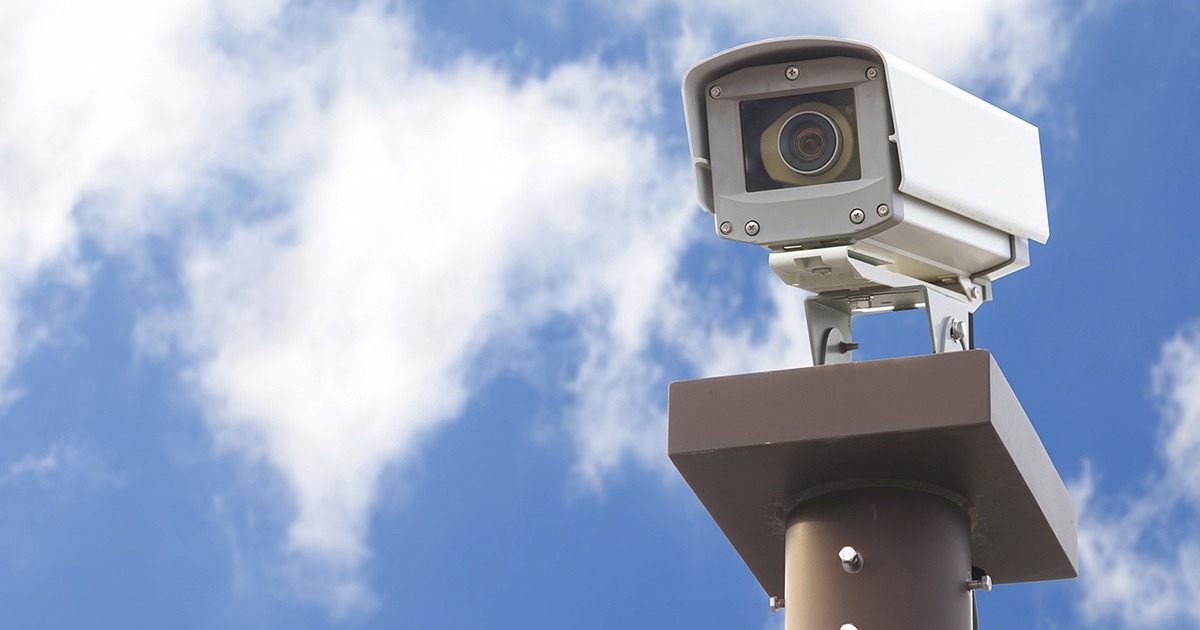 Back to News
Back to News
August 30, 2017
Shore-up your Business with an End-of-Summer Security Assessment
Summertime is usually a time of the year when employees and customers alike take time off to vacation and find some mid-year relaxation. It’s also a time when many retail businesses take advantage of the slower pace to gear up and get ready for the vibrant fall and holiday seasons. If you’re in the firearms business, it’s the lull before the great hunting season storm!
Now before you get excited about the robust business that lies ahead, keep in mind that the bad guys also realize you are stocking up for the quickly approaching excitement. Because of this, your facility and inventory security become more important than ever as you stock up on firearms.
Physical Security Checklist
 Following is a simple 21-point checklist that you can use as a self-assessment to survey your physical security program and take steps to shore-up your protection where necessary. As we continue to evaluate physical security deterrents and efficiencies, I’d like to remind you that the more layers of protection out have in place the better the chances you slow or may even defeat the criminals attempting to break-in. This layering is critical on your part, as it allows law enforcement the time necessary to respond to your break-in alarm. So, let’s start with a walk around your facility — and a view for what the criminals are examining when they’re casing your store for a break-in:
Following is a simple 21-point checklist that you can use as a self-assessment to survey your physical security program and take steps to shore-up your protection where necessary. As we continue to evaluate physical security deterrents and efficiencies, I’d like to remind you that the more layers of protection out have in place the better the chances you slow or may even defeat the criminals attempting to break-in. This layering is critical on your part, as it allows law enforcement the time necessary to respond to your break-in alarm. So, let’s start with a walk around your facility — and a view for what the criminals are examining when they’re casing your store for a break-in:
- Are physical walls constructed of materials that prevent easy access? Recent trends show vandals cutting through drywall in tenant locations adjacent to the break-in target. If you have vulnerabilities, installing an interior plywood or slatwall barrier can be a deterent. Placing steel upright shelving, storage cabinets and gun safe backstock against vulnerable walls can also serve as a deterent.
- Are security bollards, landscape boulders or heavily weighted planters installed at main points of entry and vulnerable areas of the building to protect against smash-and-grab vehicle breaches?
- Are exposed windows and glass doors protected with burglar bars or roll-down security gates or grills?
- Is glass laminated or protected with Lexan or other protective coating installed by a professional service vendor?
- Are intrusion detections systems tested quarterly and all devices working with confirmation from your central alarm monitoring station?
- Does your alarm system sound a loud, audible siren both internally and externally to alert vandals and locals of a security breach?
- Are backup batteries for your alarm and camera systems holding a charge to keep your protection systems running for at least eight hours? (Note: You may have to request these be tested by professional service personnel.)
- Are your interior lights interfaced with your alarm system to turn on and provide illumination to your building’s interior for police, passersby and your security cameras to see? Remember, bad guys like to work under cover of darkness.
- Do your security cameras see in low light? Most cameras now come equipped with low-light sensitivity LEDs that provide good visual evidence for law enforcement when evening crimes are committed.
- Does your security video recording system store crisp and clear video for at least 14 days to be used to investigate criminal activity, missing guns and inventory, etc?
- Has an authorized staff member validated that your video system is recording properly by retrieving and downloading video from the last 30 days? This should be a monthly test to ensure your system is recording and storing video properly. Test by retrieving video from several cameras and from various days.
- Inspect all exterior locks, hinges and door jambs for signs of prying, scratches on door jambs and latches, anything unusual.
- Are exterior building and parking area lights all working properly and serving to deter after-hours vandalism and criminal activity?
- Are all access points to the roof protected against unauthorized access?
- Have keys and alarm access codes been removed, deleted or changed pursuant to anyone separating from the company?
- Are long guns cabled and locked in place overnight or moved to secure storage?
- Are handguns protected in smash-resistant showcases or moved to secure storage overnight?
- Are utilities to the building, including telephone, internet, electrical and other dedicated alarm lines, protected or otherwise shielded from vandals?
- Is appropriate signage installed to ward off criminals, including references to security cameras, burglar alarms (including your alarm company’s vendor-provided decals) and ATF signs warning against theft of firearms from an FFL?
Additional Security Tactics
In addition to looking at your store through the eyes of a criminal, consider implementing the following two tactics:
- Meet with your senior leadership staff to review critical incident response and potential crisis management concerns relative to your region. You can’t work to stop what you don’t understand or don’t realize is happening.
- Have you conducted a firearms inventory to identify, investigate and report any missing firearms? The more frequently you do this the better able you are to retrieve relevant video, alert law enforcement and ATF and deal with the repercussions. Depending on the size of your business consider doing an inventory on a semiannual or quarterly basis.
NSSF’s Store Security Audit team is standing by to assist you with any physical or operational security issue you may have. For more information, visit the Retailers section of the nssf.org site. NSSF also partners with a variety of security product vendors. Log in to the members-only side of nssf.org to discover more.
You may also like: Information Security for the Firearms Retailer — Yes, It Matters
https://www.nssf.org/retailers/store-security-audit-program/
About the Author

John Bocker is an NSSF Security Consultant Team Member and the Managing Director at JB Group, LLC, based in Denver, Colorado. JB Group is a business security and strategy consulting organization specializing in ATF FFL compliance and protecting FFL’s against unexpected losses resulting from burglary, robbery and internal control failures. Visit www.jbgroupco.com, call (720) 514-0609 or email john@jbgroupco.com for more information.









